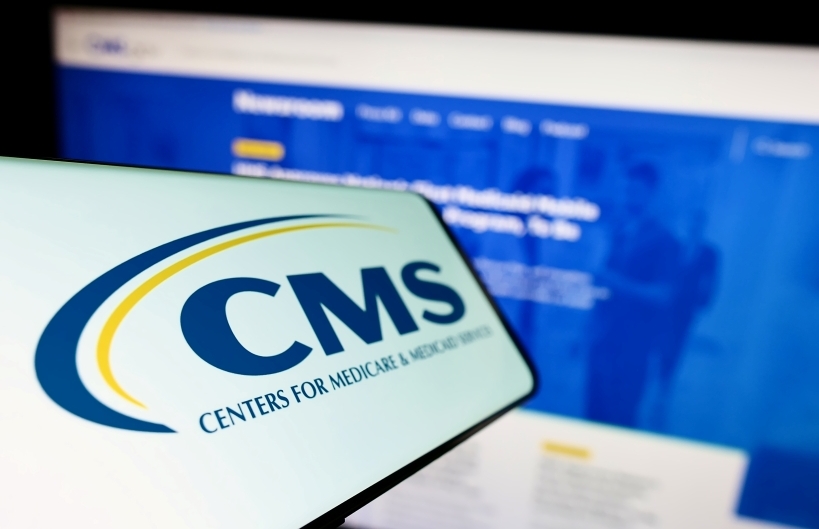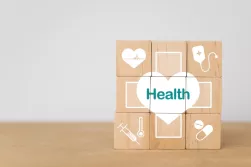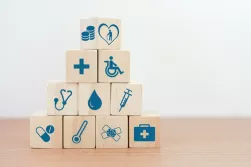With climbing costs and stagnant or decreasing reimbursements, hospital budgets seem to keep getting tighter. Couple that with staffing shortages and increased demand on services, and there’s no wonder your team is feeling the stress. But could there be hope on the horizon?
Earlier this year, the Centers for Medicare and Medicaid Services (CMS) announced it’s going to reimburse 340B hospitals about $9 billion. Still, the remedy affects all hospitals that participate with CMS. So, let’s see how your budget may be affected.
Why is CMS reimbursing 340B hospitals?
In 2018, CMS decided to cut the payment rate for 340B drugs without first surveying hospitals on their actual acquisition costs. Normally, the payment rate for all medications is the average sales price (ASP) plus 6%. CMS decided to change the rate for only 340B drugs to ASP minus 22.5%, an almost 30% decrease in reimbursement.
At the same time, CMS increased payments for non-drug items and services for all hospitals, both 340B and non-340B. This is to maintain budget neutrality as required by the Hospital Outpatient Prospective Payment System (OPPS). This was in effect from 2018 through September 28, 2022, when the Supreme Court unanimously ruled the change was unlawful.
CMS cannot have different payment rates for hospitals without first surveying hospitals on their actual cost of drugs. In this case, CMS failed to perform the survey. In the 4th quarter of 2022, it adjusted the 340B payment rates back to ASP plus 6%.
However, because it must maintain budget neutrality, it also reduced the payment rates for non-drug items and services by 3.09% in 2023. While this is an adequate solution for current and future claims, it does not address the affected claims from 2018 to 2022.
The Remedy: How CMS is correcting the unlawful payment adjustments for 2018-2022
The first part of the remedy focuses on repaying 340B hospitals the difference between the two payment rates. From 2018 to 2022, CMS paid providers $10.6 billion less. Since some claims in 2022 were processed or reprocessed at the higher payment rate, CMS will be providing a one-time lump sum of $9 billion to about 1,700 affected 340B hospitals.
In the lump sum, CMS is also accounting for beneficiary cost sharing and any missed payments from lower co-pays under the unlawful payment plan. Therefore, hospitals will not be allowed to bill beneficiaries for coinsurance on remedied payments.
The second part of the remedy focuses on maintaining the required budget neutrality. CMS paid $7.8 billion more to hospitals for non-drug items and services from 2018 to 2022. CMS plans to recoup this money by decreasing payment rates by 0.5% yearly, starting in 2026. CMS predicts this will continue for about 16 years. This is in addition to the 3.09% reduction already seen in 2023.
The only ones who are exempt from this payment reduction are providers who didn’t enroll in Medicare until after January 1, 2018. CMS’ reasoning for this is that these providers didn’t fully benefit from the increased payments for non-drug items seen from 2018 to 2022.
There are strong critics of the price reduction, including the American Hospital Association, the organization that brought the original lawsuit against CMS. So, this will likely be challenged in coming years.
What does this mean for your hospital?
This ruling will be financially beneficial for some hospitals but hurt others in the coming years.
If you’re working for a hospital that does not participate in the 340B drug pricing program, you will face payment reductions for non-drug items or services. So, your budget may ultimately become more limited.
As for 340B hospitals, you should expect a lump sum payment by January 1, 2024 if you haven't already received it. While this is money in your hospital’s pocket this year, you may end up losing money once the payment reductions for non-drug items or services are made in the coming years. This will depend on your mix of drug and non-drug items or services.
For now, these lump sum payments will help hospitals keep vital services open to the most vulnerable patients and give them time to budget for the future payment reductions.
To see how much of a lump sum payment your hospital should receive, you may download the NPRM OPPS Remedy for 340B-Acquired Drug Payment Addendum AAA



